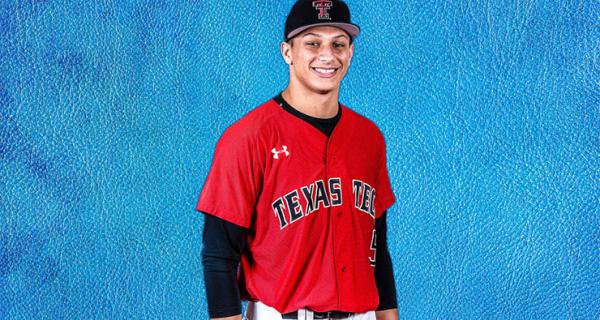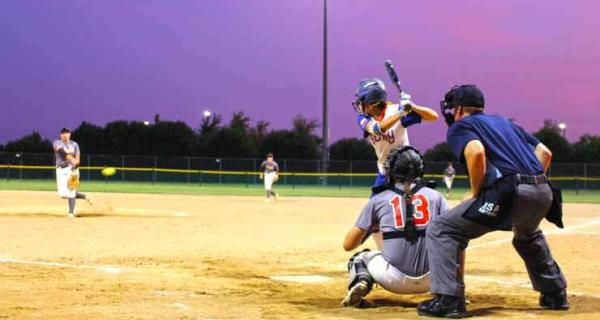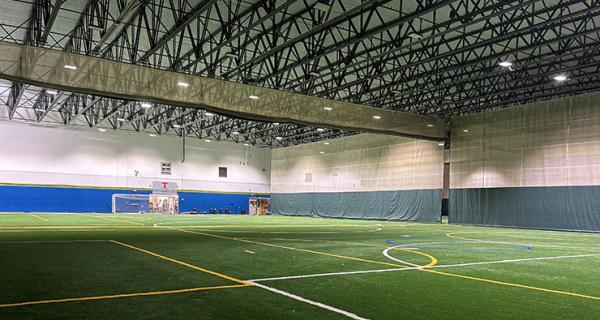New Rules for Sports Tourism
Coming out of a pandemic that changed so much about everything, it is natural for the sports tourism industry to embark on a new path.

J.C. Poma, the new and first-ever executive director of sports, visitation, and entertainment for Chesterfield County, Va., made the usual rounds at a recent sports tourism conference. Many of the faces were familiar, but so much had changed.
Poma’s title, and the perspective that comes with his government job, are different. So, too, is the industry as a whole. Sports tourism, which is often built around youth tournaments and competitions, could be growing up. A new generation of leaders is emerging, and with that comes new ideas and tactics.
“Fresh perspective is really important,” notes Poma, who rose the ranks all the way to vice presidency at Richmond Region Tourism before making the recent jump to nearby Chesterfield County (click here for his vision of the area).
While no longer part of a DMO or sports commission, Poma is still very much part of the game. His experience is invaluable for a region looking to harness the full power of both sports and tourism.
Most, if not all, major metropolitan areas have a CVB with a dedicated sports department or a separate sports commission. Having gone big, the industry appears to be going home—but not in the way that expression is typically used.
To get bigger, sports tourism is thinking smaller. Poma’s career change is part of a larger trend that’s witnessing the growth of smaller community organizations building up their own resources.
One needn’t look outside the Richmond area for a perfect example. The Henrico Sports & Entertainment Authority, launched in 2022, serves the facilities (including some major upcoming projects) directly rather than relying on Richmond’s larger team to be the county’s lone advocate.
Likewise, the city of Hamilton, Ind., is creating the Westfield Sports Commission to augment the success that the Hamilton County Sports Authority has enjoyed, particularly in selling Grand Park Sports Campus as the country’s elite athletics complex.
“This organization will go beyond just promoting Grand Park and other sports facilities in Westfield but will also interface with the business community to develop relationships and sports-related business opportunities for the Westfield community,” said William Knox, president and CEO of Legacy Sports Group and a nonvoting board member of the Sports Commission.
Coming out of a pandemic that changed so much about everything, it is natural for the sports tourism industry to embark on a new path. Here, we highlight what changes are already occurring or on their way.
1. Putting the Old Model to Rest
“Heads in beds” has been the gold standard in sports tourism since, well, forever. It’s easy to understand why as it makes for an easy yardstick for measuring how many visitors attend events. One can argue it’s a little too easy for gauging success. Says Poma, “Heads in beds is a byproduct” and not the final say on true impact.
One of Poma’s primary jobs is to use sports and entertainment to drive a better quality of life for local residents. What does that have to do with sports tourism? Glad you asked:
- The greater number of visitors raises tax revenue through hotel, restaurant, and retail use;
- This, in turn, becomes a selling point to lure large companies to place roots in a community;
- Those companies add jobs that feed into the economy, and also host events that benefit local residents from an enjoyment and financial standpoint;
- More jobs and activities attract more people to move to the region, pumping more resources into improving schools, transportation options, and many other daily activities;
- The cycle continues with the growing and engaged community building up its grassroots initiatives, like parks and recreation offerings, that demonstrate the area is an ideal home for large tournaments that bring in thousands of out-of-state participants per year.
“We look at tourism as a gateway to the county,” says Poma. “Heads in beds is a funding mechanism. It completes the model.”
2. Local Expertise
Event attendees, whether in town for a citywide convention or weekend baseball tournament, are all looking for ways to experience their surroundings. Many competitions—think big-scale volleyball, softball, and soccer weekend events—disperse athletes and families into suburbs of major cities (think Mesa, Ariz., outside Phoenix; the aforementioned Westfield outside Indianapolis; etc.).
It’s vital to have local officials who know what goes into making a sports event run smoothly and who also have the knowledge to transform the trip into a great weekend for family and friends accompanying the players. “It is 100% about the visitor and client experience,” says Poma.
Again, making a good impression is nice for its own sake. But local charm pays dividends through repeat visits from visiting families and, of course, the events themselves. “It’s a nexus for economic activity.”
Frisco, Texas, is an example of a booming suburb that created a distinction between itself and the larger Dallas and Fort Worth to attract events for years. Now, it is the home of the PGA of America, no less.
3. Know Thyself
Now comes the tough part. Poma stresses the importance of knowing when to pass on hosting an event. Any event in town should bring in at least a short-term benefit. But strategic thinking requires looking at the big picture. Sometimes, a tournament, no matter how great it is, is a bad fit for a community.
“Even in the past two years, I have seen so many bad decisions,” laments Poma. “We're not just going to throw a dart and hope it sticks.”
To make an event work, you need local buy-in from the community. That starts with finding a local partner that will work with rights holders and event organizers from the get-go. This often cuts down on costs and builds relationships to enhance the experience for out-of-towners.
The National Intercollegiate Running Club Association, better known as NIRCA, specifically requests timing its national events to coincide with a preexisting local half-marathon, for that very reason.
Poma says each event (including an NIRCA championship) Richmond hosted in his eight years at the CVB ensured it had a local component. USA Archery, as another example, was a bull’s-eye because it connected to the organization’s push for adaptive sports.
“There are so many new rights holders that you need to figure out where they fit within the scope of your community,” he says.








